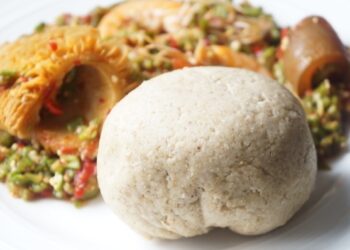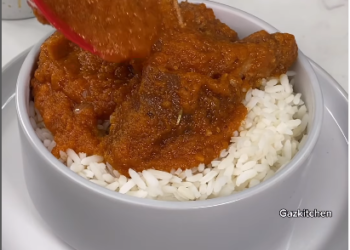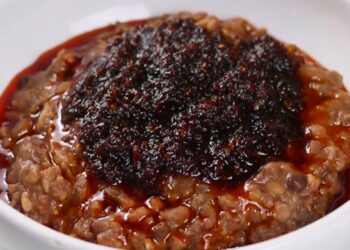People travelled for different reasons in the past. Some travelled to visit families, others to attend a ceremony such as a wedding or birthday or a religious programme, while some others travelled to enjoy a few days of quiet and relaxation at some place far away from home. In the last decade, people have started traveling for a different purpose: to discover and taste the food in cities, rural areas and countries throughout the world. This type of travel has become what is now known today as culinary tourism or food tourism. Its purpose is to visit destinations primarily to taste and experience different foods that are popularly growing in different countries.
This type of tourism used to be seen as a special interest tourism primarily because it’s a niche market that combined best of travel with the enjoyment of discovering new foods and beverages. Culinary tourism now includes people who travel exclusively to search for and enjoy prepared foods and drinks. Eating is a physical need as well as a social and cultural activity. When tourists eat at a destination, they don’t only satisfy their hunger but also experience the local culture and interact with their hosts. Tourists’ demand for local foods, however, occur at different levels of intensity because tourists view local foods in different ways. For instance, some travel basically for gastronomy in the region; some see local food as a by-product of their cultural experiences; and some others rather familiar food when they travel.
Culinary tourists go beyond just tasting different local foods; they endeavour to visit the local produce markets and local farmers to examine how fruits and vegetables are grown, learn about how exotic spices are grown or watch how specialty foods are prepared. The benefits of culinary tourism are more for the local community than for the tourists, such as, helping the local farmers, creating new restaurants or dining experiences, overnight stay in local hotels, educating visitors about the local cultures and their way of life. One of the top benefits will be the development or expansion of local businesses, restaurants, guided driving or walking tour, and a fantastic experiences consequent of their quest for an outstanding experience. Remember, travelling is about collating experiences and taking home memories of the places visited.
So, do you remember that special food you tasted or a glass of wine from a local vineyard? What are some of the mouth-watering local cuisines that can definitely drive tourists’ footfall to Nigeria? Jumia Food, Nigeria’s No.1 online food ordering platform shares 3 food categories that are bound to attract inbound tourists.
Rice Based Foods
-
Ofada Rice: This delicious Nigerian meal with a unique aroma native to the South West; it is best enjoyed with fried stew. If you’re looking for hot & spicy Nigerian food, Ofada rice is top on the list. It tastes like Vindaloo (Indian Curry) and is mostly for those who have natural coolers in their mouth to douse the fire that this stew brings to the palate. You’ll probably need 40 habanero peppers to prepare a small pot of Ofada Stew. There are a few restaurants in Lagos that sell the best Ofadas; be careful not to taste imitation.
-
Tuwo Shinkafa: Thick rice pudding usually eaten with “miyan kuka” (a thick soup) and goat meat stew or “miyan taushe”, a pumpkin stew made with spinach, meat (usually goat or mutton) and smoked fish. It is primarily served in the northern part of the country.
Meat Based Foods
-
Suya, from the north of Nigeria, is grilled meat coated with ground chili pepper, peanut powder, and other local spices. It is prepared barbecue-style on a stick. This is one of the most famous Nigerian delicacies and can be found within easy reach all over the country
-
Kilishi is made from meat that has been cut into very thin slices, which are then spread out to dry. A preparation of chili pepper, spices and local herbs is then prepared into a paste which is lightly brushed on both sides. This is then briefly grilled.
Soup & Stew Based Foods
-
Banga Soup: Banga soup is made from palm nuts and is eaten primarily in the south and mid-western of Nigeria. Nigerian Banga Soup or Ofe Akwu is native to the Niger Delta and the South Eastern parts of Nigeria. In the Niger Delta areas, Banga soup is commonly eaten with various fufu recipes: Starch, Pounded Yam, Semolina, Garri and Cassava Fufu. In the South Eastern parts of Nigeria, Banga Soup is referred to as Ofe Akwu where Ofe means Soup / Stew and Akwu means palm fruit and is used mainly as stew for Boiled White Rice





























